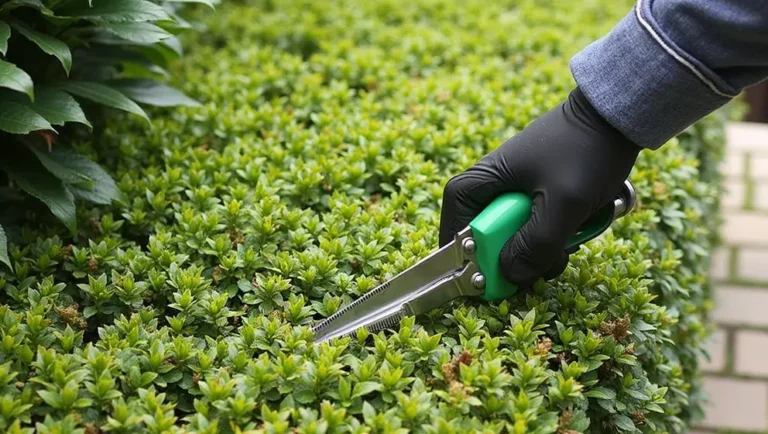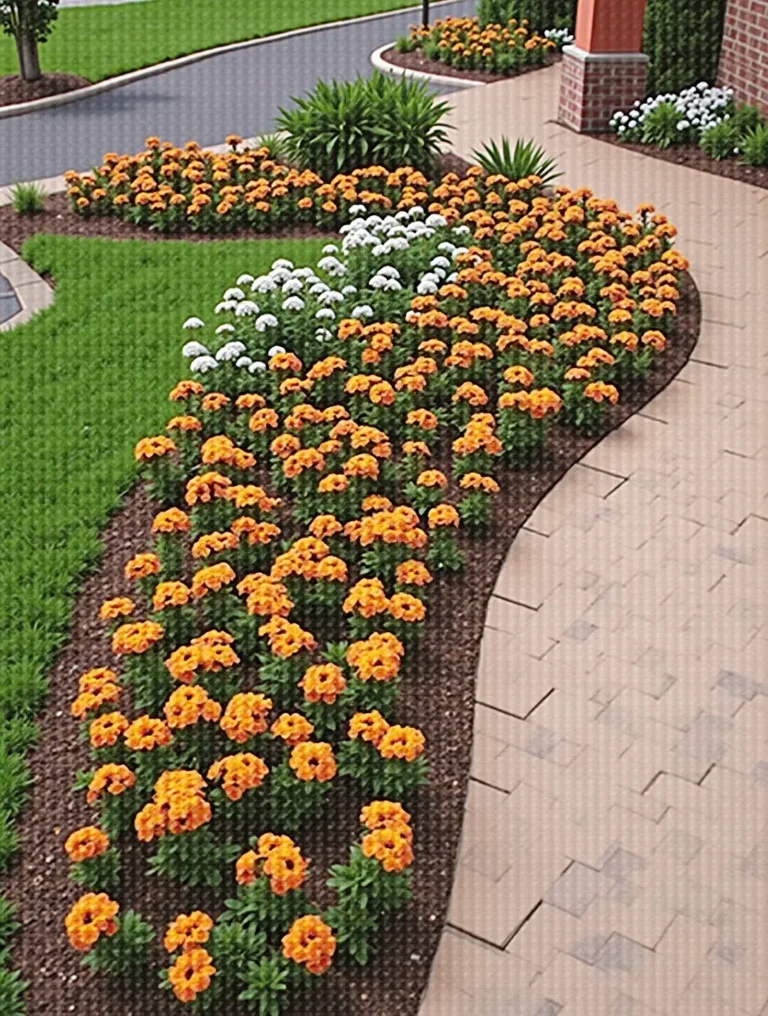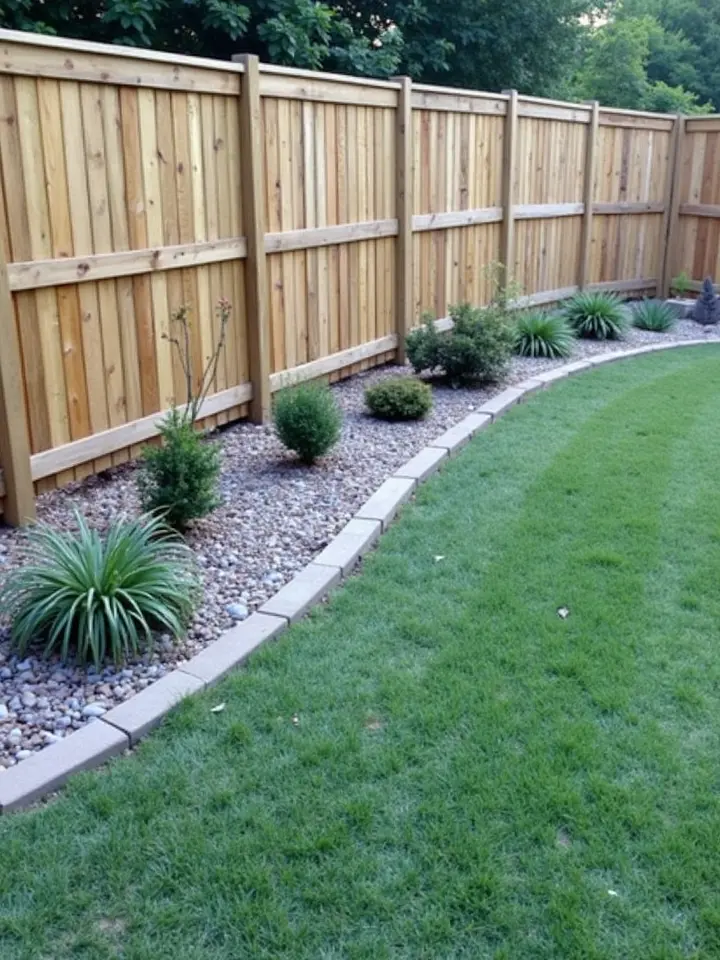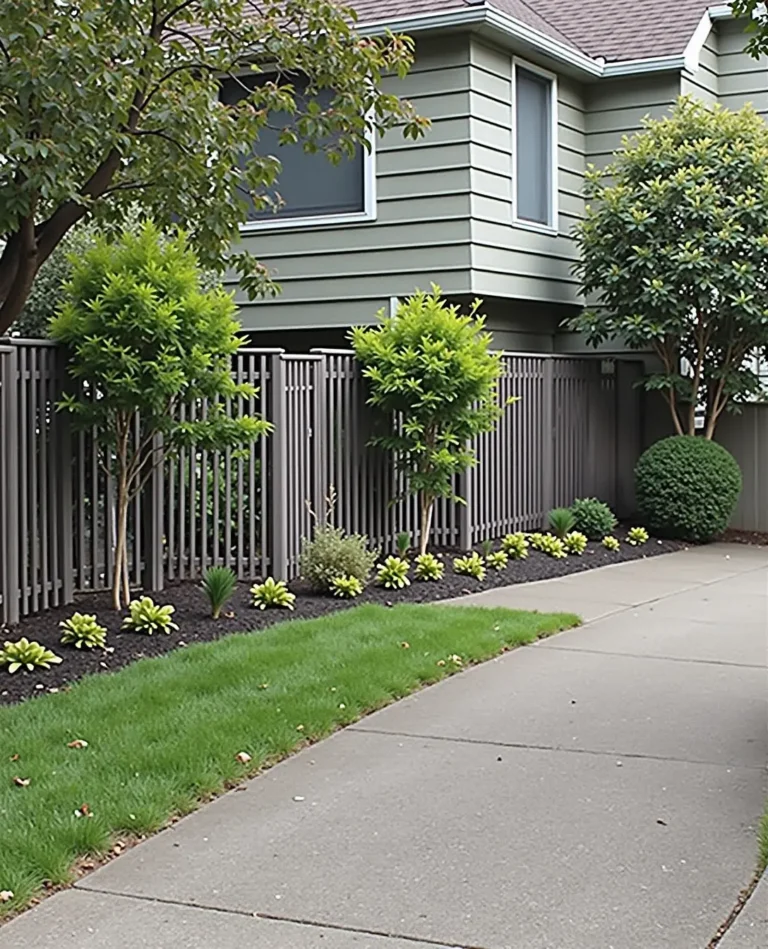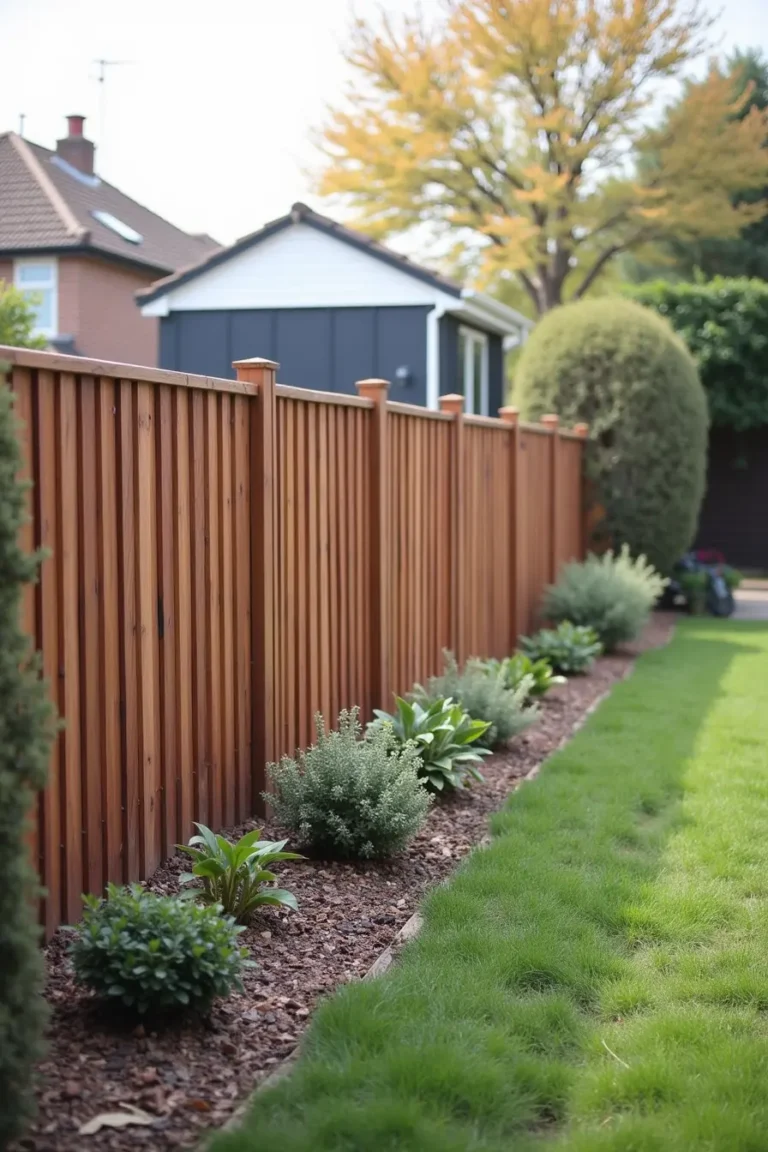Create Your Own Super Easy Self-Watering Planter
Transform Your Space with a Super Easy DIY Self-Watering Planter
Are you tired of your plants wilting while you’re away or feeling overwhelmed by the responsibility of keeping them hydrated? If so, you’re in for a treat! In this article, we’ll guide you through creating a super easy DIY self-watering planter that will not only simplify your plant care routine but also add a touch of greenery to your home. Let’s dive into the world of self-watering planters and discover how they can transform your indoor gardening experience.
The Magic Behind Self-Watering Planters
When you think of gardening, you might picture the toil of watering, fussing over soil moisture, and feeling guilty when life gets busy. Self-watering planters eliminate that stress by utilizing a wicking system that pulls moisture from a reservoir as the plant needs it. This means healthier plants with less effort!
What You’ll Need for Your DIY Project
- A Plastic Container: A 2-liter soda bottle, a large plastic planter, or any deep container works.
- Wicking Material: Cotton rope, fabric strips, or even old socks.
- Soil: Quality potting mix that retains moisture.
- Your Favorite Plant: Choose something that thrives in containers.
- Water: To refill the reservoir.
Step-by-Step Instructions
- Prepare the Container: If you’re using a soda bottle, cut it in half. The bottom part will hold water.
- Create the Wicking System: Insert the wicking material through the drainage hole. The other end should sit in the water reservoir.
- Add Soil: Place soil into the top half of the container. Make sure to mix in some potting mix that can retain moisture.
- Plant Your Greenery: Gently place your favorite plant into the soil, ensuring it’s snug and secure.
- Set Up the Reservoir: Reassemble your planter by placing the top half into the bottom half filled with water.
- Water It Once: Give your plant a thorough initial watering to help it settle.
Care Tips for Your Self-Watering Planter
While self-watering planters take a lot of the workload off your hands, it’s still essential to monitor your plants. Here are a few tips:
- Check the reservoir regularly to ensure it doesn’t run dry.
- Observe your plant for signs of overwatering or underwatering.
- Replace the wicking material as needed to maintain efficient moisture transfer.
Benefits of DIY Self-Watering Planters
Creating your self-watering planter not only saves time but also has several benefits:
- Reduced Watering Frequency: You can leave your plants for longer without worrying.
- Consistent Moisture Levels: Ideal for plant health and robustness.
- Cost-Effective: Use materials you already have at home.
- Improved Aesthetics: Customize your planter to match your decor.
Conclusion
Creating a DIY self-watering planter is a fun and rewarding project that brings you one step closer to a lush indoor garden without the hassle of constant maintenance. Enhance your living space while ensuring your plants receive the moisture they need, even when you’re busy. Now is the perfect time to get started on this simple yet effective gardening solution!
Frequently Asked Questions (FAQs)
1. How often should I refill the water reservoir?
It depends on the type of plant and environmental conditions; typically, check every 1-2 weeks.
2. Can I use any type of plant in a self-watering planter?
Most plants do well, but choose ones that thrive in consistently moist conditions.
3. What happens if the soil becomes too wet?
Overwatering can lead to root rot. Ensure proper drainage and avoid waterlogged conditions.
4. Can self-watering planters work outdoors?
Yes, they can work outdoors, but be mindful of rainwater, which may fill the reservoir.
5. Do self-watering planters eliminate the need for fertilizer?
No, you still need to fertilize your plants, especially during their growing seasons.
“

